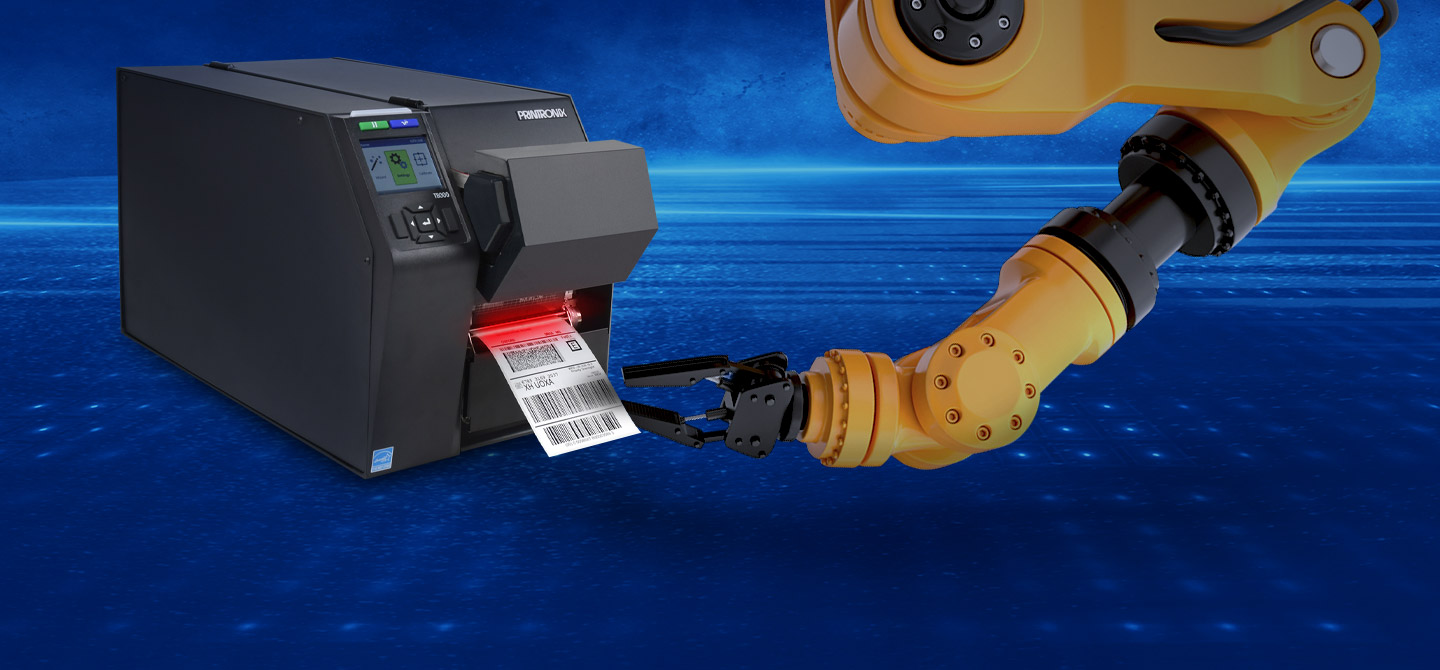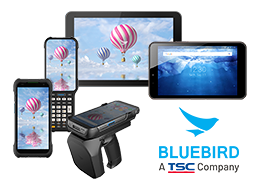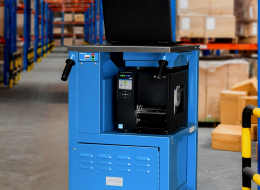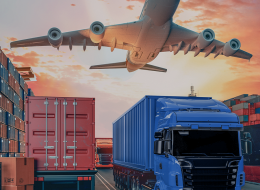The Rise of Warehouse Automation

While the pandemic affected many aspects of business, arguably, the supply chain was hit the hardest. Mass adjustments have been made to combat the challenges. Many industries are now shifting to new business models to overcome the curve. For many manufacturers, this means evolving into an automated warehouse. More and more companies are investing in logistics automation to help optimize the operations taking place inside and outside their warehouses with the aim of boosting productivity. Most warehouses previously had some level of automation. We are now seeing the rise of completely automated warehouses. With this surge, new opportunities arise for automated solutions that enable companies to remain competitive by expediting processes and limiting errors.
Warehouse Automation Explained
An automated warehouse is a warehouse that uses some level of robotics or automated system to operate within the warehouse. Whether it’s automated transportation systems like pallet conveyor systems or roller conveyors, which is quite common, or dark warehouses that are completely automated and require no light since there is no human interaction, hence the name.
Gradually, automated warehouses are becoming more automated and growing closer to dark warehouses. One important reason for this trend is the labor shortage. With the labor shortage, companies are struggling to find people to work in warehouses while the demand to produce is also rising. A simple solution is to automate segments of your logistics, for example, automatic truck loading and unloading. This is traditionally one of the most labor-intensive parts of logistics but many major retailers, including Walmart, are automating the docks in their warehouses.
Automated Solutions
The major takeaway from these automation upgrades is how mission-critical barcodes and labels are to the success of these systems. It’s more important than ever for barcodes and labels to scan and read clearly and accurately. Every pallet entering or exiting a warehouse has a barcode. With minimal to no human intervention, the barcodes must be read by robotic systems or AI. What happens if you send or receive a bad label?
Manufacturers are reporting increasingly steep fines for bad labels. As it costs the companies time and money to stop the automation or production line and manually intervene on unreadable labels, they deflect that cost to the manufacturer. Some manufacturers predict major retailers will stop doing business with companies that consistently miss the mark with their labels.
Automation in Action with ODV-2D Barcode Inspection Technology
Whether you’re on the sending or receiving side, readable barcodes are mission-critical. Our ODV-2D barcode verification and validation system is a great solution. This integration allows users to print, inspect, and grade the quality of printed barcodes in a single pass. It enables the printer to back up and overstrike bad labels without operator intervention, to keep you moving efficiently. ODV-2D integration is also cost-effective, as it minimizes the need for labor with operator intervention.
Our T8000 and T6000e Enterprise Industrial ODV-2D Printers come equipped with our unique integrated barcode inspection system to automatically verify and validate every single barcode label printed. These printers come equipped with numerous benefits that will enhance your operations and eliminate issues that affect your part of the supply chain. For additional barcode verification and validation options, or more information on ODV-2D barcode inspection contact us here.
Stay in the know on industry trends and thermal printing solutions by reading our blog or subscribing to our email list for the latest barcode and RFID label printing news delivered to your inbox.





































